
Surrogate analytics are no longer sufficient, as simple inexpensive real-time analytics are urgently needed for high value products.

Surrogate analytics are no longer sufficient, as simple inexpensive real-time analytics are urgently needed for high value products.
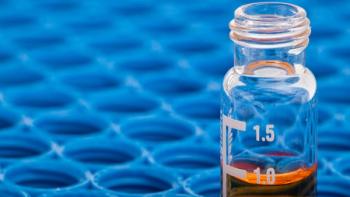
Process chromatography in downstream processing has seen steady improvements over the years, but there is still room for improvement.

Mechanistic models provide process understanding for developing robust manufacturing processes and for scale up and tech transfer.
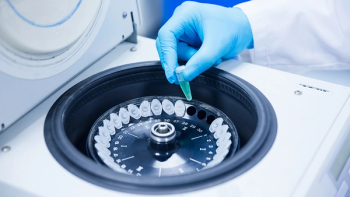
Automation is one asset that benefits cell harvesting by cutting out laborious manual steps and minimizing contamination.
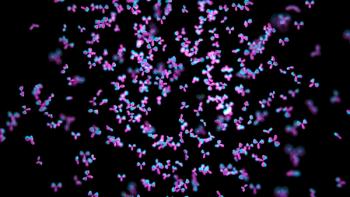
Understanding the process and product goals is just the first step to a holistic approach to process development.

New biologic modalities, such as cell and gene therapies, pose increasing difficulties in viral clearance testing methods.

New challenges in extractable and leachable studies for cell and gene therapy products.

GoSilico’s software for digital twins of downstream biopharmaceutical processes will be integrated into Cytiva.

Recent innovations in chromatography resins offer promising advantage in downstream bioprocessing.
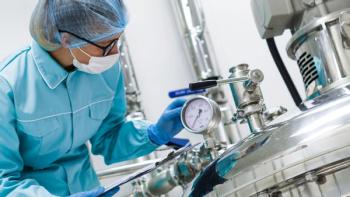
As downstream bioprocessing improvements continue, efforts are underway to integrate downstream processes into continuous operations.

Sartorius has expanded in the United Kingdom with the relocation to a new facility in Havant, Hampshire, for downstream processing equipment.
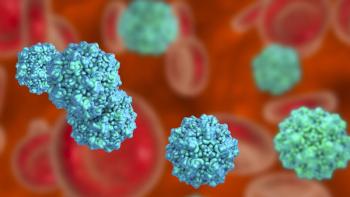
A series of minute virus of mice spiking studies were performed with a monoclonal antibody product and small-scale AEX membrane adsorbers to evaluate a range of critical processing conditions.
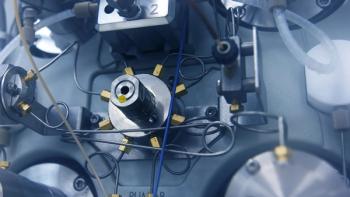
The adoption of single-use technologies in fluid-handling systems helps streamline downstream bioprocessing operations.
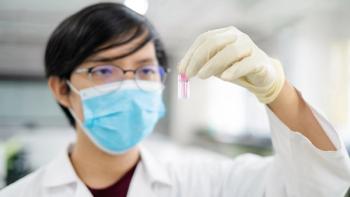
The need for real-time monitoring and control has spurred the development of new analytical tools.
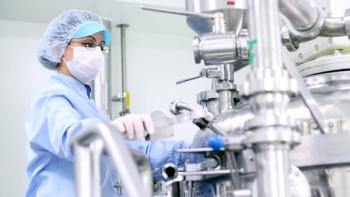
A unified scale-up approach, as presented here, can be applied to any unit operation.
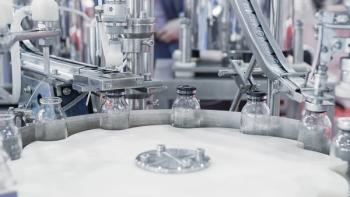
CDMOs address the unique challenges of liquid and lyophilized forms as well as preparing for the large capacity needed for COVID-19 vaccines.

The launch of HiScreen Fibro PrismA, the company’s newest product for early mAb purification process development strengthens Cytiva’s new fiber-based Protein A platform.

The development of an innovative purification process simplifies downstream processing for biologics.
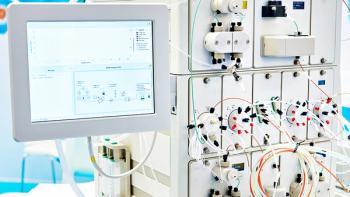
Viral clearance processes and guidance must evolve along with newer biotherapeutic modalities.

Continuous SEC was shown to increase productivity with the same product quality and yield.

The latest advances in downstream technologies include sterile disconnects for single-use manufacturing systems, ligand technologies for purifying RNA and for COVID-19 vaccines, and an automated perfusion system.

Rentschler will handle the downstream processing to provide highly purified drug substance at its headquarters in Laupheim, Germany.

A balance must be achieved between debris and impurity removal and maximizing product quality and yield.

As technology matures, inefficiencies and process limitations in downstream process chromatography are improved.
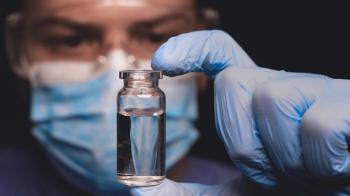
New therapeutics modalities and the need for greater process efficiency are driving technology development.